Questions have been raised about the legitimacy of supplier price increases. But margins at major fmcg giants are almost universally in decline
Tesco chairman John Allan kicked off a firestorm last month with his questioning of the ‘legitimacy’ of supplier price hikes amid soaring inflation.
Amid the double-digit food and drink price jumps facing consumers, and politicians tutting at suppliers (and supermarkets) for profiting off struggling families, the concept of food ‘greedflation’ is a hot topic.
The accusation is that suppliers – particularly global multinationals – have hiked prices in excess of inflation and used the wider inflationary environment to boost their profits.
Oxfam last month accused the global food industry of making “excess corporate profit”, linking the industry to energy companies that have seen vast increases in profits amid soaring oil and gas prices.
With the global fmcg earnings season now in full swing, it certainly shows the biggest jump in revenues at these multinational fmcg suppliers for over a decade in terms of revenues.
Profits are up across the board too. So are global suppliers shielding themselves from pain and even profiting further?
From the results out so far, underlying margins are almost universally down across the leading global fmcg giants – suggesting overall costs have risen by more than they’ve put through in pricing. Bernstein analyst Bruno Monteyne notes that margin contraction across fmcg groups had been an average of around 2.5 percentage points – and even this contraction has been limited by materially cutting advertising and promotion.
“I don’t think you can find any data backing up what the Tesco chairman is saying – it doesn’t reflect reality,” Monteyne says. “To say the brands aren’t suffering is entirely baloney.”
Unilever, which itself had a notable run-in with Tesco over pricing in 2016, is a useful case study. The overall net profits were up 24.9% to €8.4bn on turnover up 14.5% to €60.1bn – so business is booming? Not quite
2022 results so far from global fmcg giants
Danone: Like-for-like sales increased 7.8% to €27.7bn, but annual volumes were down 0.8% and recurring operating margin fell by 1.5 percentage points to 12.2%.
Nestlé: Annual organic growth of 8.3% in the year almost wholly driven by price hikes, with volumes growing by just 0.1%. Profit margin fell by 30 basis points to 17.1%.
Unilever: Underlying sales growth of 9% with price growth of 11.3%, but underlying operating margins declined by 230bps to 16.1%.
Coca-Cola: Sales jumped 11% to $43bn in the full year, a 16% organic increase with price up 12%. Operating profits rose a more modest 6% to $10.9bn.
Kraft Heinz: Organic net sales rose 9.8% year on year as prices increased 13.2 percentage points. Annual adjusted EBITDA declined 5.8% to $6bn as it battled higher supply costs and commodity prices.
Behind that headline profit increase was the €4.5bn disposal of its tea business (for which it booked a €2.3bn accounting profit). Strip that out and various other non-trading financial impacts and its underlying trading profit was little more than flat, meaning margins slumped by 2.3ppts back to 16.1%.
Unilever said it recovered 95% of the massive €4.3bn of direct material inflation it incurred last year – but including another €1bn of production and logistics cost inflation, that price coverage fell to just 75%.
In simple terms, for every extra pound it has faced as a result of macro inflation it has recovered just 75p.
Does material margin contraction matter for these companies if the bottom line is still growing? Yes, says OC&C managing partner Will Hayllar.
“In food, suppliers tend to see margins compressed when inflation first kicks in (due to a delay in being able to pass on cost increases) and so need to see margins expanding again as the inflation cycle stabilises and when inputs start to come down in price, otherwise they would become inexorably less profitable over time and collapse.”

Unilever (along with other non-food players like Henkel) is among the most exposed to rising costs given the complexity and varied cost inputs in health & beauty and household goods compared with pureplay food.
But everyone is feeling the margin pain to an extent, which has only been partly mitigated by price hikes and efforts to find productivity gains (see box, above).
As Nestle boss Mark Schneider told analysts: “We still have some repairing to do [on margins] — we are hit pretty hard by inflation.”
Jefferies analyst Martin Deboo thinks it “unlikely that a Unilever or a Nestlé could hoodwink some poor naive Tesco retailer into paying over the odds for inflation. Grocery retailers are powerful and sophisticated, so a Tesco is not short of bargaining power, or insight into the cost environment.”
But the power balance is less clear cut for another ex-supermarket CEO: “What you’ve got to remember is, the UK doesn’t matter. It is now 1% of the global food market. Tesco is a third of that, so 0.3% of global food. Tesco’s market cap is £18bn and Unilever’s is £130-140bn. That says it all. The UK is in the cash cow box for most of the brands. The attitude is: invest in growth in emerging countries like China and India.”
The source believes “the big branded manufacturers are pushing through punchy price increases”. “The consumer isn’t wanting to overspend, and we’re already seeing bits of impact on their volume. But they’re trading it well. Certain brands are taking money. That’s how they’re playing it. Good luck to them.”
Another ex-supplier CEO agrees. “Some of the price increases in the branded world are well ahead of input costs. The advantage the global players have is: if they fall out with Tesco here, they will do more business in Germany or France. The UK is a drop in the ocean.”

Margin decline
However, the major fmcg margin picture hasn’t been overwhelmingly healthy in recent years. The OC&C/Grocer Global 50 found gross margins fell a further 0.1% in 2021 to their lowest level in the past five years.
OC&C’s Hayllar suggests “excess profits” are generally driven in sectors and categories with a lack of true competition. “UK grocery and also food production are definitely areas where competition is fierce and rapid. The profit margins have not fundamentally changed on average for producers for decades, despite fluctuations over the years,” he notes.
A lack of competition is perhaps why vast profits are indeed being made in some areas down the supply chain.
Ged Futter, founder of The Retail Mind, says: “There are companies in the food supply chain who are making shitloads in the raw commodity part of the market. Once it gets into producers and manufacturers it’s diluted multiple times. Packaging and glass manufacturers are saying your price is going up 50% and it’s take it or leave it. It’s those parts of the industry where the real price gouging is occurring. ”
Indeed, Oxfam’s report references a number of sectors highlighted by research group ETC Group – such as agrochemicals and seeds, fertilisers, livestock genetics and animal pharma – which are particularly consolidated and therefore potentially slow to see competition and supply to normalise earnings.
Looking ahead, there appears to be some divergence in pricing strategies emerging, with cost input inflation potentially easing in 2023. Kraft Heinz and PepsiCo have promised to limit further price hikes, while other consumer giants like Coca-Cola and Unilever have suggested further price rises are necessary to recover more cost inflation.
Monteyne says this is partly explained by US pricing typically being quicker to catch up with cost inflation, so those more US-centric groups will have already passed on the vast amount of inflation they incurred in 2022, while it is still being worked through for those more globally focussed.
At its annual results, Nestle suggested it would prioritise margin recovery next year, including further pricing. But the extent of that recovery across the industry also depends on the growth strategies of individual companies.
Deboo says: “We expect to see quite a sharp volume recovery for manufacturers in the second half of 2023 and also quite significant gross margin recovery. But what operating margins do will be somewhat a function of the choices companies are making on growth investment.”
Despite the sabre rattling, in inflationary terms, producers have passed on costs to supermarkets, who in turn have passed them on to consumers.
OC&C data shows largescale pass through of commodity inflation to consumers in three previous inflationary spikes, with producers losing a little margin on each occasion.
The extent to which this inflationary cycle differs from previous ones is not yet clear.


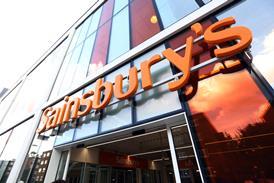




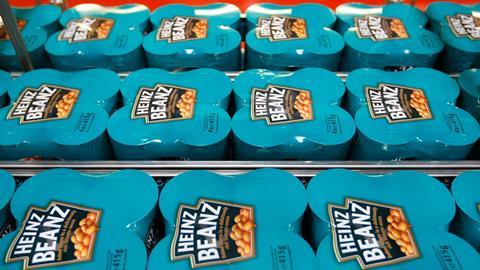
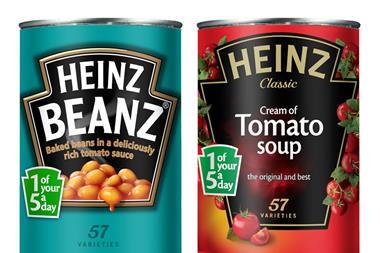

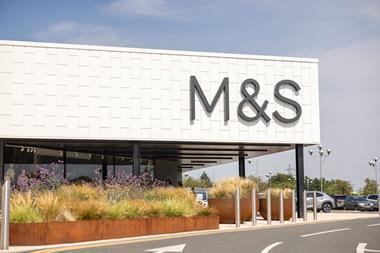


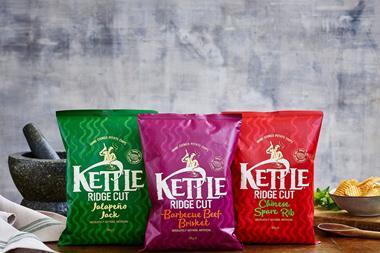



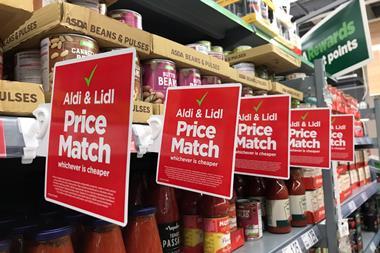
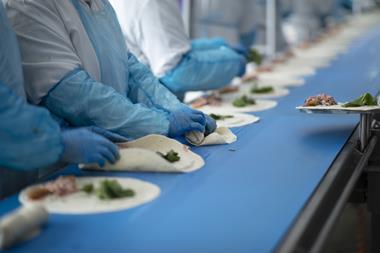
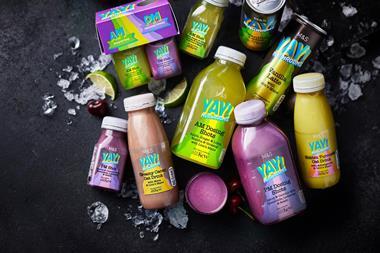
1 Readers' comment